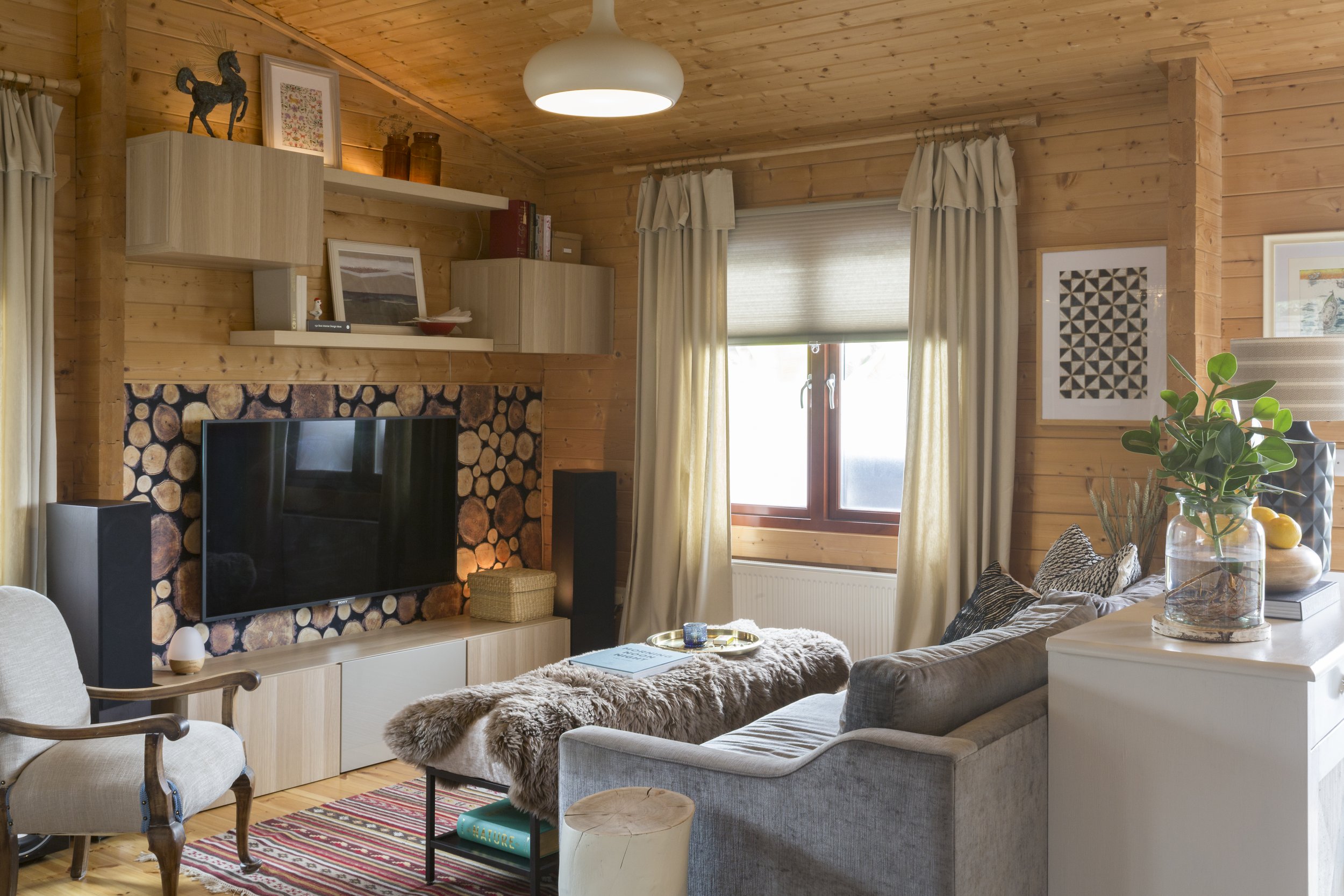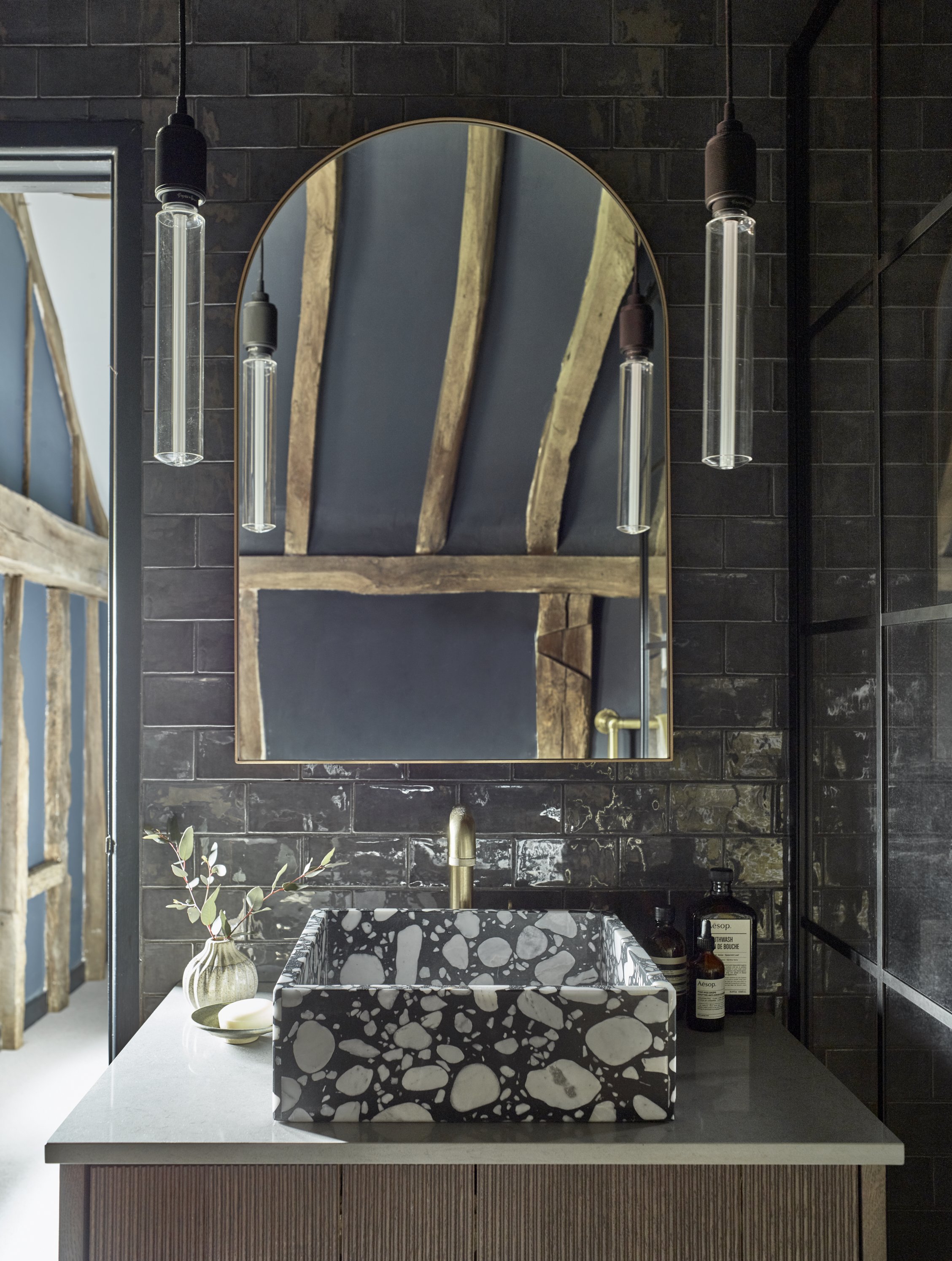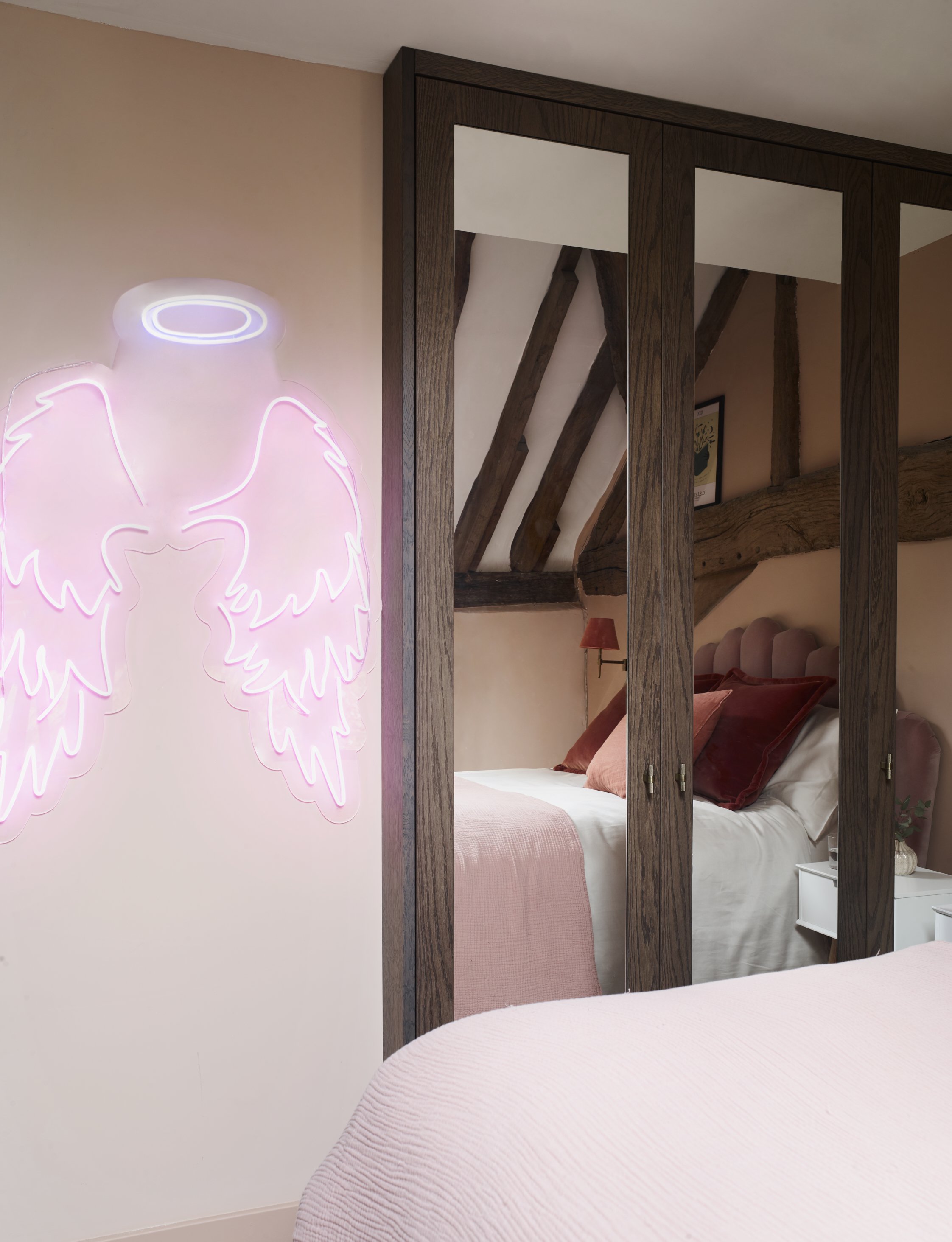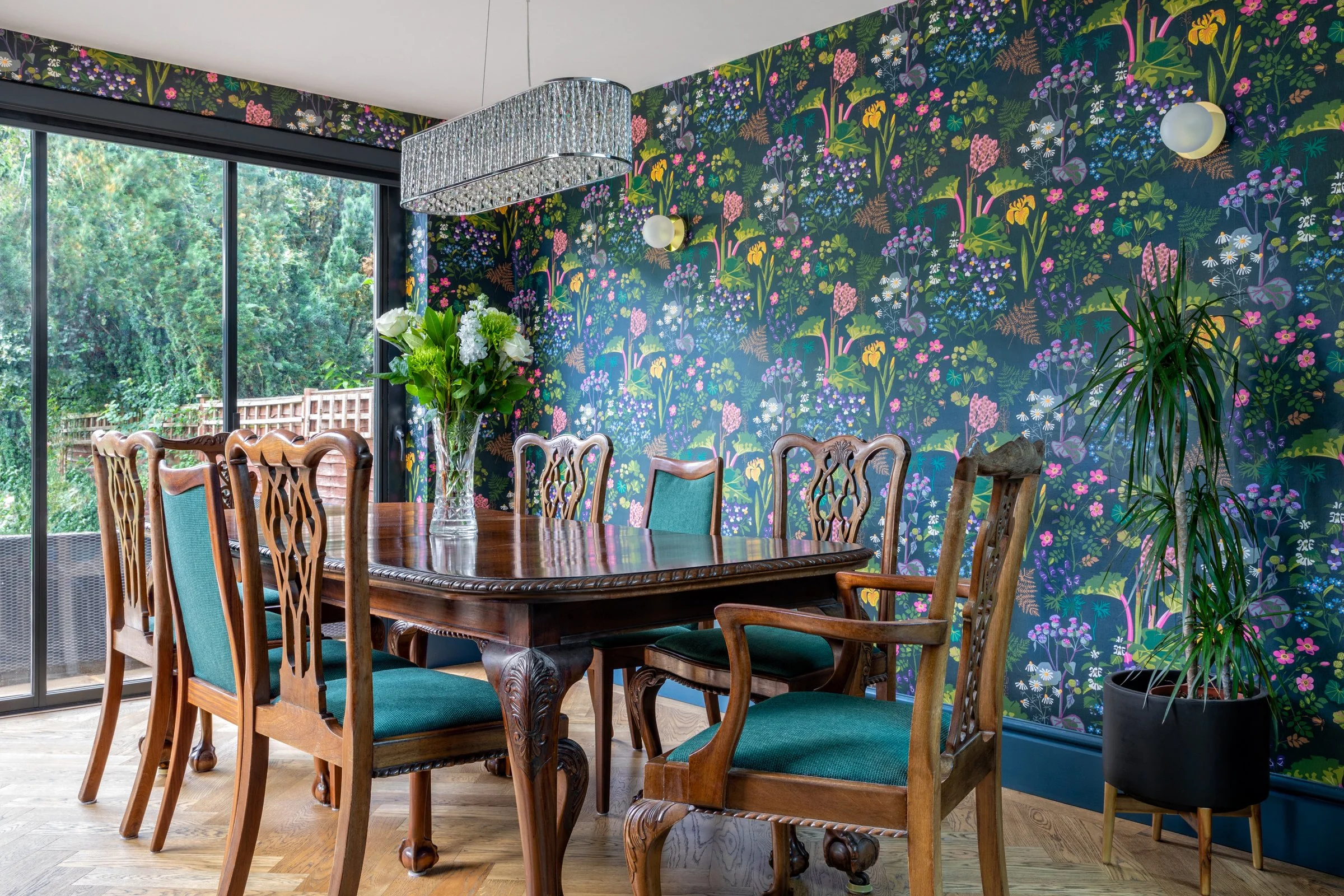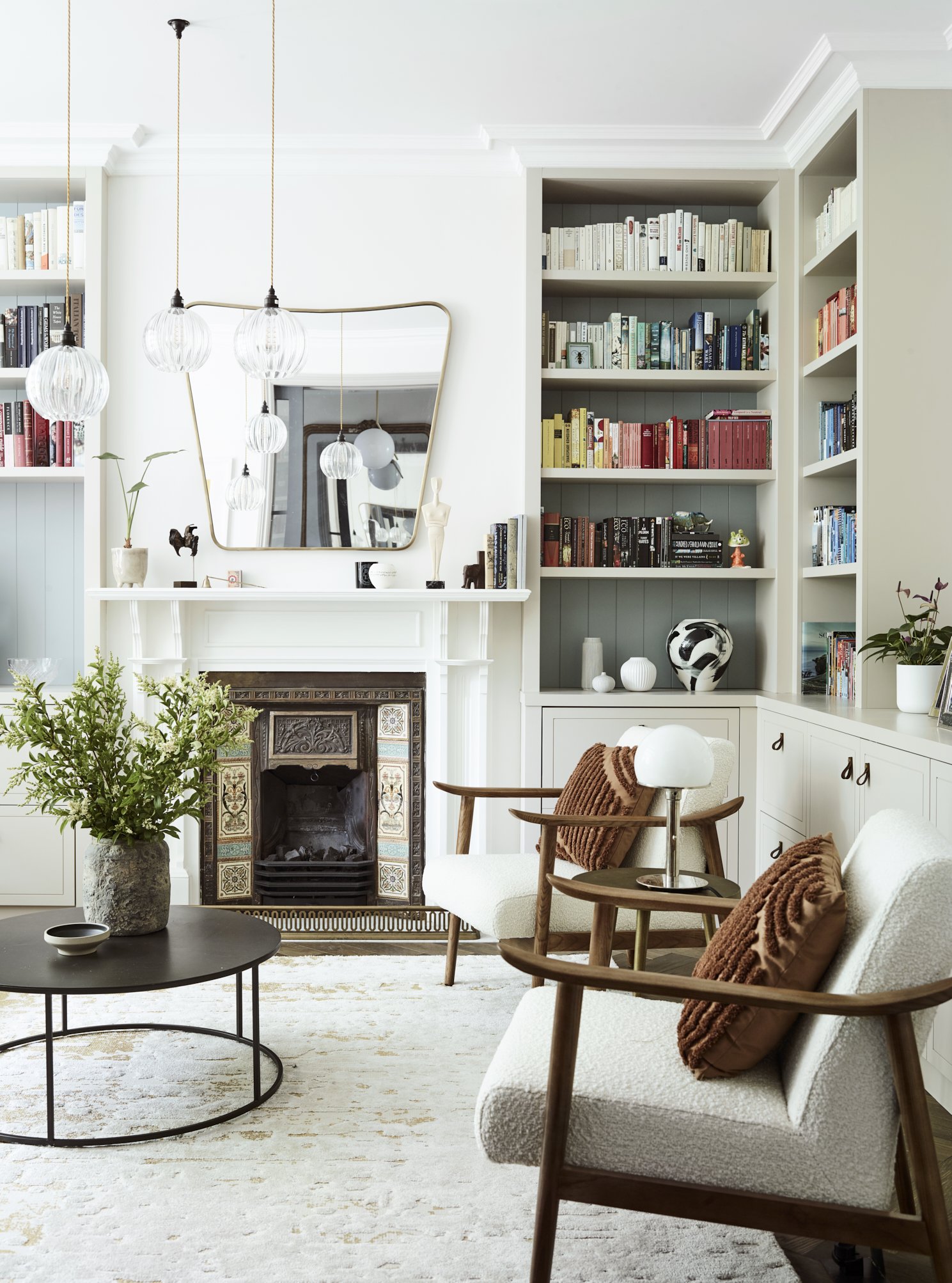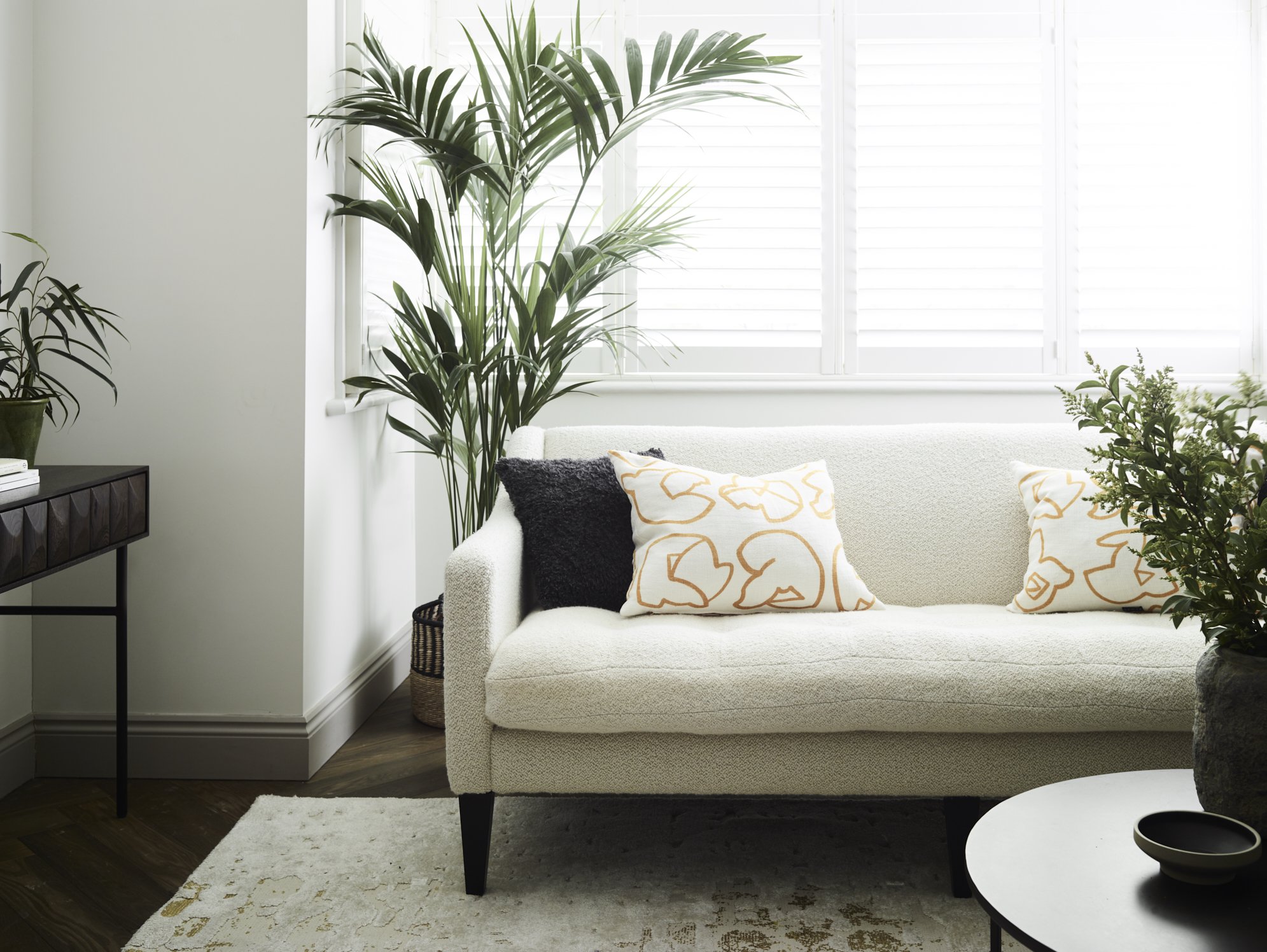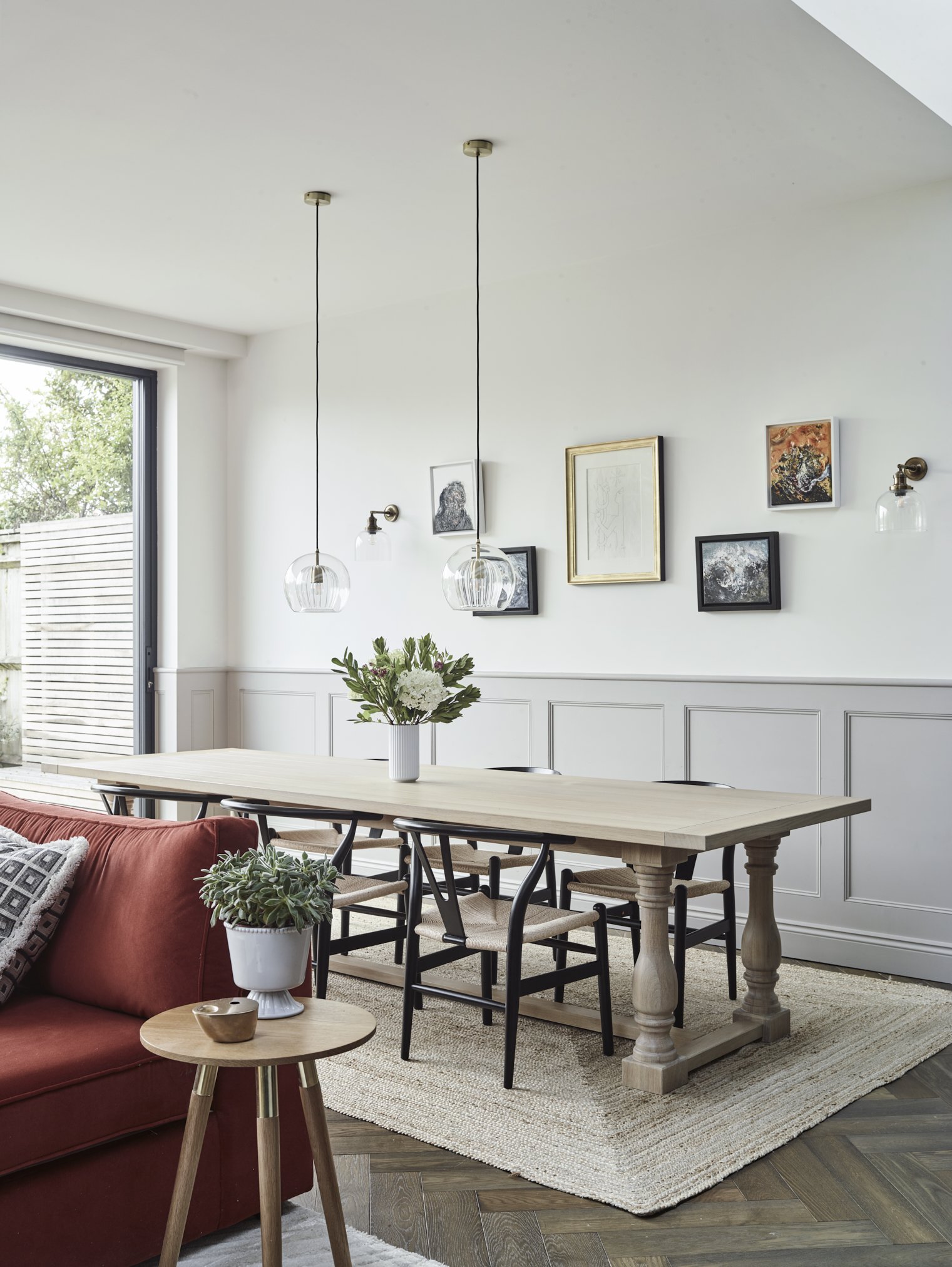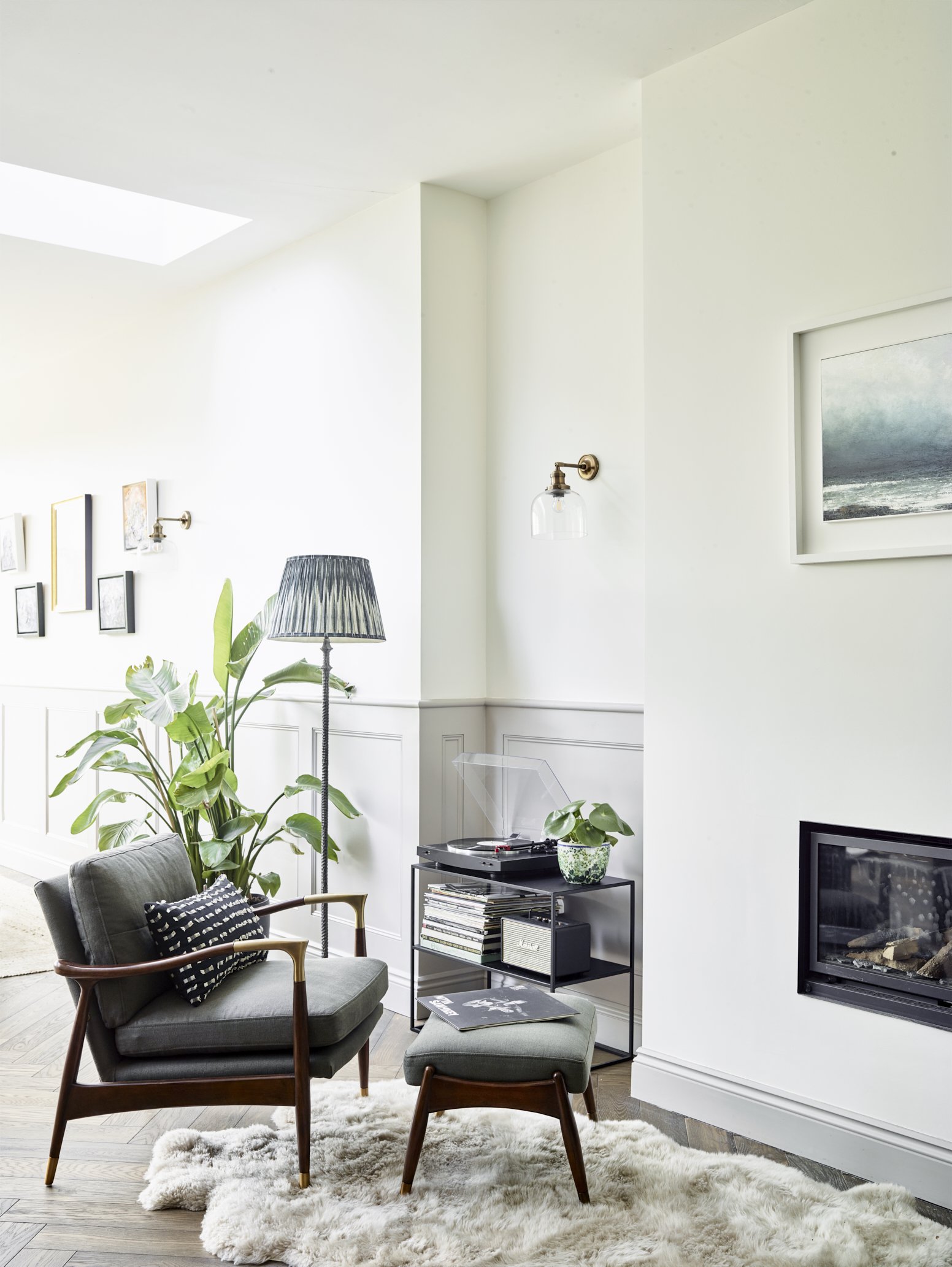Sustainable Materials: Where to Find Them and How to Use Them
Why is sustainability so important in the interiors industry?
Construction is one of the most polluting industries in the world, but it is possible to make a big difference by choosing eco-friendly materials for your renovation. As designers, we believe that we owe a duty of care to the planet, which is why we encourage our clients to go for natural, renewable or recycled materials. We hope that by increasing demand for greener fittings, finishes and building materials in this way, we will ultimately put pressure on the industry to research and develop even more sustainable options.
What are sustainable materials?
Sustainable materials are those that can be grown, extracted and/or processed with only a minimal impact on the environment, meaning low levels of water and energy usage and no toxic chemicals required or produced. Raw materials should be replaced by nature at least as quickly as they are extracted, and materials should be either biodegradable or part of a viable circular economy to ensure they can be reused again and again.
Natural renewable materials
There are plenty of materials out there that are not only natural and renewable but also beautiful choices for your interiors. Bamboo is the fastest growing plant on earth, requires no chemicals or pesticides for cultivation and can be made into furniture, screens or even sustainable fabrics. Linen is a beautiful and durable choice for upholstery or wallcoverings and can be cultivated in Europe with zero waste. Cork flooring is enjoying a resurgence in popularity and has impeccable sustainable credentials – it can be harvested without damaging the cork oak tree and is completely biodegradable.
Recycled materials
You might think that choosing to design with eco-friendly materials means plastic is a big no-no. However, plastic, concrete and aluminium can all be considered sustainable as long as they are recycled from waste products rather than newly produced. We work regularly with Claire Gaudion, who offers a range of stunning rugs made from recycled plastic bottles. Smile Plastics, who create tables and worktops from recycled plastic are also worth a look – the colour and patterns they achieve are really unique and special. Giving these materials a new life is better than just sending them to landfill as waste.
Where can I use these materials in my design?
Now you know what sustainable materials are, you may be wondering where to use them in your home. The answer is: anywhere and everywhere! Upholstery for furniture, beds and cushions looks wonderful in natural fibre fabrics like linen, wool and cotton. Solid wood flooring is perfect for reception rooms and much more attractive than laminate. In kitchens and bathrooms, natural stones like granite, marble or limestone help spaces feel grounded and authentic and will last for decades.
Wall, ceiling and floor coverings
Don’t be afraid to think outside the box when it comes to sustainable choices for the home. Wallcoverings in seagrass or silk will create a memorable finish with subtlety and beauty that’s difficult to achieve with something like vinyl. Linoleum, which is fully recyclable and made from 100% natural raw materials like linseed oil and pine resin, is having a major comeback at the moment – think chequerboard kitchen floors or architectural planes of mustard yellow or mint green.
Upholstery
Safety regulations in the UK dictate that fabrics intended for upholstered furniture (sofas, armchairs, headboards etc) need to be treated with fire-retardant chemicals. These chemical treatments are toxic and have been shown to bioaccumulate in humans, causing long-term health problems. The exception to this rule is fabrics that have over 75% natural fibres – which either have innate fire-resistant properties or burn cleanly without melting or releasing dangerous fumes. Choosing sustainable fabrics for upholstery is therefore not only better for the environment but better for our health as well.
Countertops and bathrooms
One of the best ways to create a sustainable home is to choose durable materials that will last for decades. A slab of granite, if properly cared for, can still look brand new after 20 years. A good alternative to natural stone is quartz, a composite of stone, resin and pigments made primarily from the waste materials from quarries. It uses materials that would otherwise have gone to landfill, can be produced locally and is extremely durable. If you prefer tiles, look at options made from recycled ceramic or glass or a company like Mosa, which has a silver ‘cradle-to-cradle’ accreditation.
Where can I find these materials?
Fortunately, there is now a multitude of companies that offer environmentally friendly materials and have green business practices – search online and make sure your chosen supplier has a strong sustainability statement on their website and the relevant certifications (e.g. from the Forest Stewardship Council).
If you choose to work with an interior designer, they should have their own ‘black book’ of go-to suppliers. We have spent years researching and building a network of companies that offer beautiful products that we know won’t harm the planet. If you’d like to discuss how we could help you make greener choices for your own home, do get in touch.

